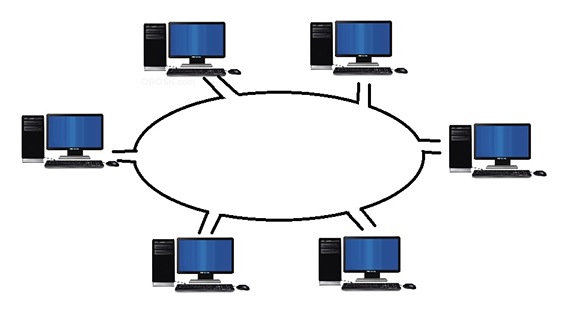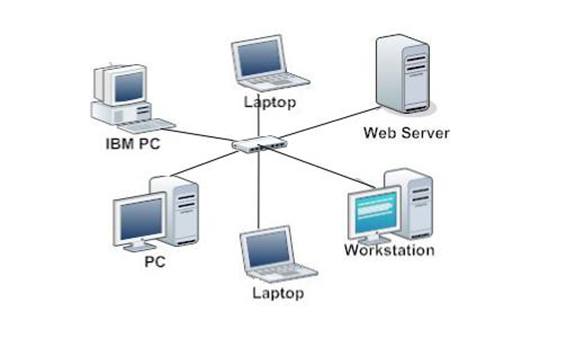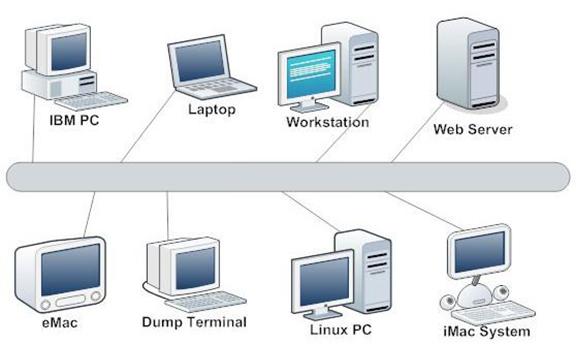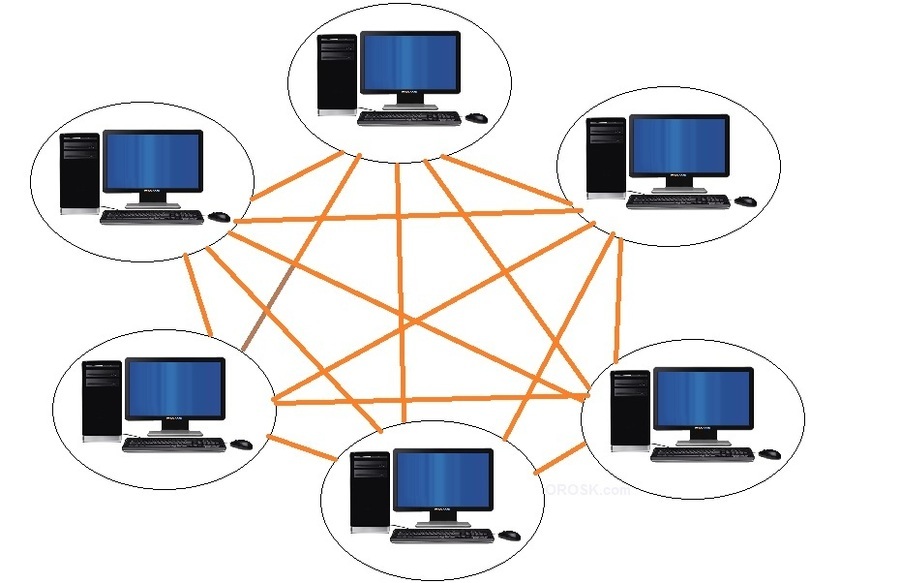Mild Level:
1. What is a Network?
a. Two or more computers connected together for the purpose of communicating.
b. A standalone computer
c. Two or more computers working in tandem
2. What is LAN?
a. Large area network
b. Large arrayed network
c. Local area network
3. Which device may also contain modem?
a. A router
b. A switch
c. A hub
4. What is a server?
a. A computer that manages and stores files
b. A computer that is connected to the internet
c. A collection of high speed computers.
5. What is the purpose of a router?
a. To broadcast messages across a network
b. To translate a domain name into an internet address
c. To connect network together.
6. Which of the following is a disadvantage of using a wireless
a. Limited connection range
b. Freedom of movement
c. Users cannot share files
7. What is PAN?
a. Personal area network
b. Protected area network
c. Person array network
8. Which of these is a disadvantage of networks?
a. Sharing of files
b. Spread of malware
c. Access to hardware
9. Which of these is a WAN?
a. The Internet
b. A business network that is contained within one building
c. A school network that covers two buildings on the same site
10. What does ISP stand for?
a. Insurance Service Provider
b. Internet Service Provider
c. Internet System Provision
Hot Level:
11. What is tcp/ip
a. protocol
b. internet
c. harbir
d. layer
12. What does Protocol mean?
a. Security
b. Rules
c. Orders
d. Services
13. In my network, computers and devices are connected to one another. Messages travel around the connected devices until they arrive at the intended destination.
If one computer goes down, the entire network goes down.
What network topology am I?
a.
b.
c. 
d. 
14. Bluetooth devices are able to receive signals at quite long distances.
a. True
b. False
15. In this network type, each computer can be both a server and a client. What type of network am I?
a. Wide Area Network
b. Peer to Peer Network
c. Metropolitan Area Network
d. Wireless Local Area Network
16. Describe what is meant by bus network topology?
17. Describe what is meant by a ring network topology?
18. Describe what is meant by a star network topology?
19. Give one advantage and disadvantage of a bus network?
20. Give one advantage and disadvantage of a ring network?
Extra Hot Level:
21. Give one advantage and disadvantage of a star network?
22. What does WLAN stand for?
a. Wireless Linear Area Network
b. Wireless Local Area Network
c. Wireless Local Active Network
d. Wireless Layout Area Network
23. What does HTTP stand for?
a. Hyper Text Transfor Protocol
b. Higher Text Transfer Protocol
c. Hyper Topology Transfer Protocol
d. Hyper Type Transfer Protocol
24. What type of network is the internet?
a. WAN
b. PAN
c. Broadband
d. LAN
25. What device sits in the centre of a star network?
a. Switch
b. Wii U
c. Router
d. Hub
e. The Matrix
26. What is found at the end of a Bus Network?
a. Destroyer
b. Terminator
c. End Point
d. Router
e. Check Norris
27. Star Networks are not reliable?
a. True
b. False
28. Bus Networks are easier to install than Star Networks?
a. True
b. False
29. What does NIC stand for?
a. National Infrastructure Card
b. Network Interface Card
c. National Installation Collections
d. Normal Interface Card
30. Wireless networks are generally more scure than wired networks?
a. True
b. False
31. What is a purpose of encryption?
a. To stop hackers
b. To prevent data from being read in transit
c. To reduce file sizes
d. To route packets of data
32. What is the purpose of a Firewall?
a. To detect viruses on a system
b. To prevent unauthorised connections coming into and out of a Network
c. To stop students having fun
d. To organise data
33. What is the purpose of Authentication?
a. To prove that a user is who they claim to be
b. To check a password
c. To switch packets of data
d. To stop data being read
34. Draw a Bus and Star topology
35. Draw a Mesh and Ring topology
Comments
No comments have yet been made